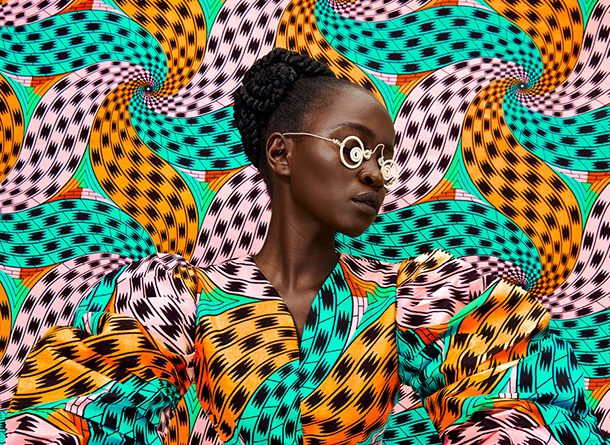African Fashion Industry on the Rise but Needs Investment UNESCO Reports
Tiya Antony
Fashion News Editor
UNESCO’s Director, Audry Azoulay, reported that Africa can become an emerging fashion leader, but greater support must be made for the workers and the overall industry. The report was presented at the 2023 Lagos Fashion Week and displayed that the African fashion industry can increase by 25% if the authorities figure out ways to improve investment, sourcing costs, right and legislations.

Africa is an importer of textiles and their exporters value up to $15.5 billion each year. The continent is a major contributor for raw materials and their clothing and footwear value each year to be around $23.1 billion. Africa also displays exceptional talent in haute couture, which often involves meticulous hand techniques to craft high quality clothing from expensive fabric. There has been a prediction that the demand for African haute couture will increase by 42% within the next 10 years.
Young people under the age of 25, make up almost 50% of Africa’s population, with a majority of them falling into the middle-class category. These great numbers create more consumer markets and put African-made fashion at the center of global attention. There is also rapid growth with technology and social media, allowing more trade, resources, and collaboration to go into the continent’s fashion industry.

In UNESCO’s report, they highlight major challenges that decision-makers must acknowledge and work towards finding a solution. The first obstacle would be to increase property rights, working conditions, and the right to create professional unions. This would allow for better legal protection for both designers and workers. Secondly, many enterprises in Africa are small or medium sized so more investment needs to be made in those businesses that account for 90% of the entire industry. All these smaller businesses protect a variety of cultural practices and forms of expression. If local employment is increased within these businesses, the industry could grow in size and global reach. Next, there should be greater efforts to use local materials, sustainable textiles, and be aware of consumption patterns in order to protect the environment. There are very few concepts of recycling channels so 40% of garments end up in oceans or landfill sites. Lastly, the UNESCO report encourages the continent to ensure that their traditional, unique textile techniques are preserved through future generations. This would allow the transmission of the unique skills to young and aspiring designers. The report also calls for the incorporation of new technologies alongside traditional techniques, so that Africa can meet global demands.
The UNESCO report highlights the commitment that the organization holds to protecting and ensuring the growth of the creative fashion industry in Africa, which has exceptional potential to become a leading fashion leader.
Contact Tiya at antonyti@shu.edu

